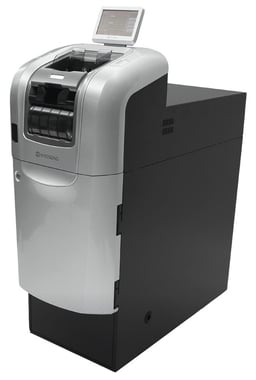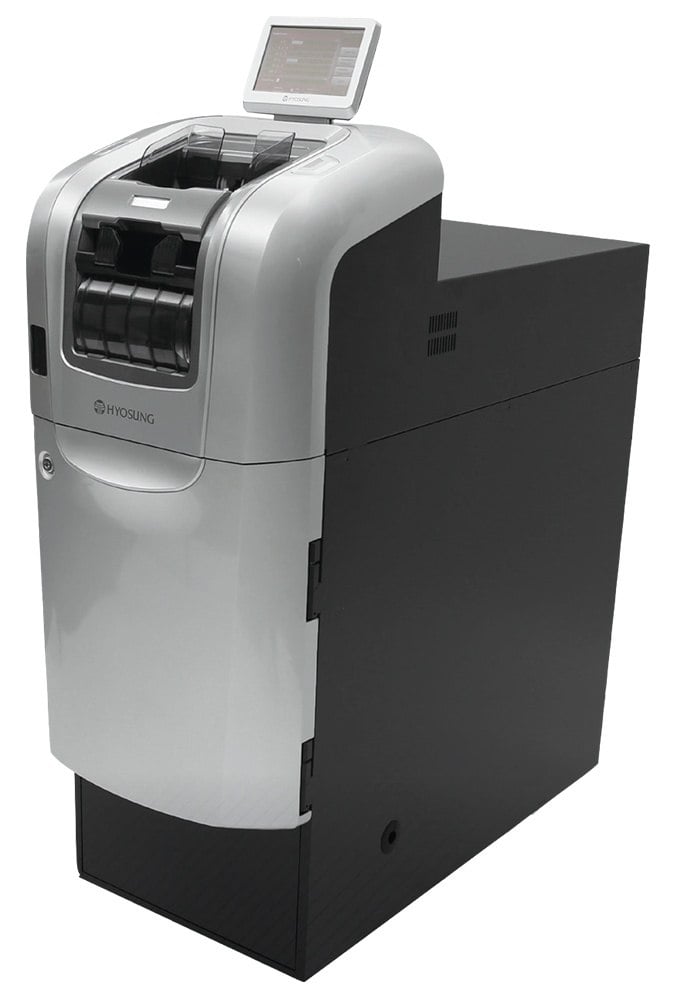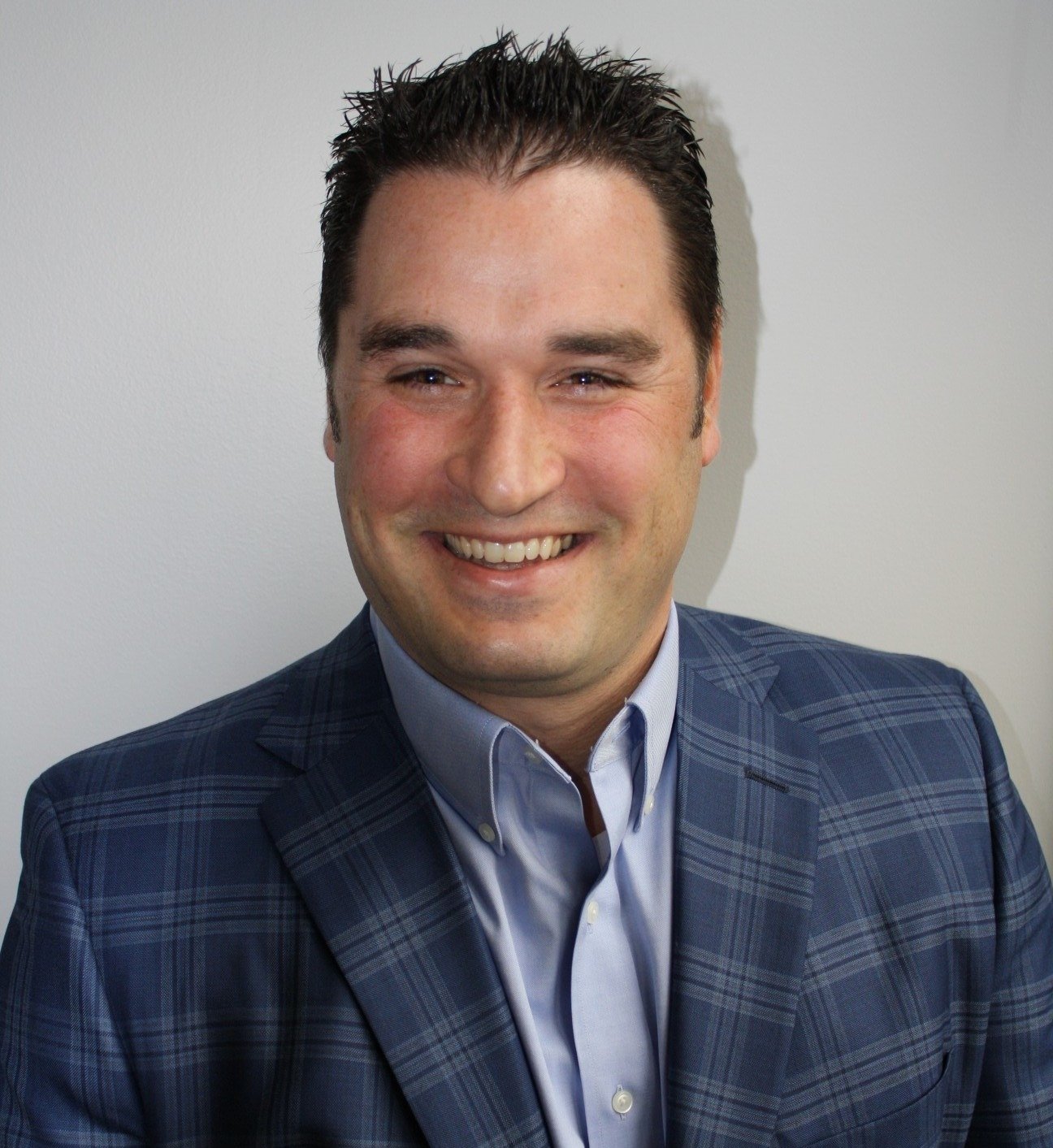A Product Review: The Nautilus Hyosung MoniSafe 500

Hyosung's MS500 cash recycler really changed the game for cash automation and there are features of the MoniSafe 500 that are truly exciting for a cash automation enthusiasts.
Some may not know that prior to the MS500, there was the 400A from Hyosung. While the 400A has come a long way, the MS500 brings dramatic improvements over the key weaknesses some found in the 400A. For a more detailed understanding of the main differences between the MS500 and 400A, please read our comparison article
Unparalleled Speed
The MoniSafe 500 now posts the market leading note speed at 12 notes per second for both deposit and withdrawal. This speed improvement makes it 20% faster than the previous leader, the Glory RBG-100. The continuous feed feature is also a major contributor to the speed of the machine and allows the user to feed large amounts of currency into the Teller Cash Recycler (TCR) without the machine having to stop for batches. For more information on the benefits of continuous feed read our blog post on the topic. For branches with large commercial deposits or other cash intensive deposits, the added speed of the MS500 can make a large impact in the overall processing time for these bags.
Unique Capacity Solutions
The MoniSafe 500 has 3 large cassettes (up to 2850 notes each), 3 small cassettes (up to 800 notes each), and 1 internal overflow cassette (up to 2850 notes). The recycling capacity of the unit comes in at just under 11,000 notes, which is an increase over the 400A and puts it virtually tied with the Glory RBG-100. The MS500 also has some unique storage features where the large overflow cassette of 2850 notes will allow money to move in both directions. The Glory RBG-100 has an overflow “bin” in the bottom rated up to 4500 notes, but once notes are stored in the bin they can’t be recalled and must be manually processed. The overflow cassette in the MS500 can store excess notes of any denomination and then uniquely re-load the machine from the overflow cassette when the branch cash flow typically reverses later in the week. In addition to the internal overflow cassette, the MS500 has launched a new transit cassette option that also has an up to 2850-note capacity. This allows the user to “marry up” the transit cassette to the front of the machine and load currency from the transit cassette or off-load cash out of the machine to the transit cassette for storage in the vault, or even move it to another MS500 or MX-8800 self-service kiosk. With the combination of the transit cassette and the internal overflow cassette, I believe the MS500 has become the most versatile storage TCR in the market.
Count Mode
The MS500 also provides the user the flexibility to do a note count or authentication, the most common uses for a cash discriminator. By having this mode, the MS500 can effectively reduce some equipment needs in the branch. The typical cost for a cash discriminator is around $3000 and by incorporating this mode into the TCR you can reduce overall branch spend.
Self Audit
The MS500 also has a unique self-auditing function where it can audit itself without exposing cash. The machine can empty one cassette a time, the overflow or transit cassette, and move notes past the counting sensor and return them back into the cassette it took them from. The process takes 20-30 min to audit the whole machine and can be scheduled to run at a time that is convenient for the teller and branch. The self-audit function of the MS500 eliminates the need for the traditional dual control manually counted audit being performed in many financial institutions.
The launch of the MS500 brought a lot of excitemement to the market and Nautilus Hyosung has built a great reputation for equipment quality through its market leadership position in ATMs. But in my opinion, the MS500 has become best overall TCR on the market.
About Sean Farrell
Sean has been in the business since 2003 and always aims to be an expert on whatever solutions QDS is providing. Sean has grown into a thought leader in the space through research and company growth. Sean holds strongly to his Christian faith and uses those principles to guide the business.





